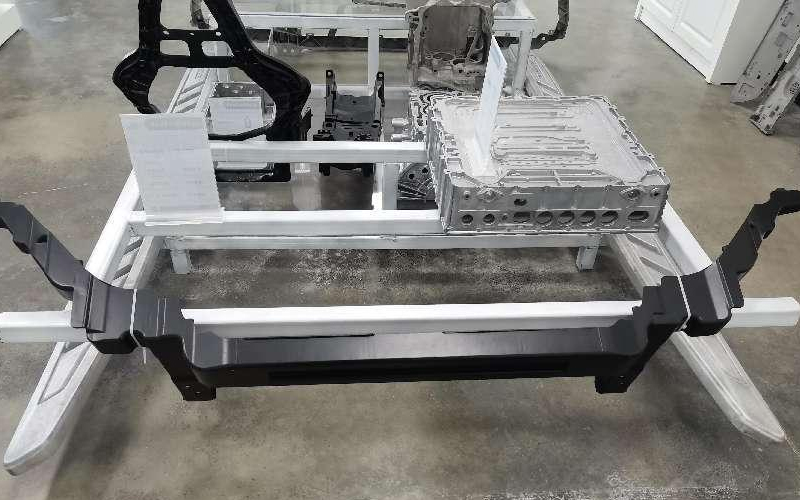Die casting is a process that is widely used in the manufacturing industry to produce high-quality, precision parts. The process involves injecting molten metal into a mold, which is then cooled and solidified to create the desired shape. The quality of the final product depends largely on the quality of the mold used in the process. In this article, we will discuss the steps involved in creating a die casting mold.
Step 1: Design the Mold
The first step in creating a die casting mold is to design it. This involves creating a detailed blueprint that outlines the exact specifications of the mold. The design should take into account the size and shape of the final product, as well as any necessary features such as holes, slots, or threads. The design should also include details such as the location and size of the gate, which is the opening through which the molten metal will be injected into the mold.
Step 2: Choose the Material
The next step is to choose the material for the mold. The material must be able to withstand the high temperatures and pressures involved in the die casting process. Some common materials used for die casting molds include steel, aluminum, and copper. The choice of material will depend on factors such as cost, durability, and the specific application for which the mold will be used.
Step 3: Create the Mold
Once the design and material have been selected, the mold can be created. This involves using precision machining tools such as CNC machines to create the mold to the exact specifications outlined in the design. The mold must be created with extreme precision to ensure that the final product is accurate and of high quality.

Step 4: Add Cooling Channels
The next step is to add cooling channels to the mold. These channels allow for the efficient and effective cooling of the molten metal as it is injected into the mold. The cooling channels must be carefully placed to ensure that the metal cools evenly and does not shrink or distort during the cooling process.
Step 5: Test the Mold
Once the mold has been created, it must be tested to ensure that it is functioning properly. This involves conducting a series of trial runs using molten metal to test the mold’s ability to produce high-quality, accurate parts. Any issues that are identified during the testing process must be addressed before the mold can be used for production.
Step 6: Maintain and Repair the Mold
Finally, once the mold is in use, it must be regularly maintained and repaired to ensure that it continues to produce high-quality parts. This involves inspecting the mold for signs of wear and tear and making any necessary repairs or replacements to keep the mold functioning properly.
In conclusion, creating a die casting mold is a complex process that requires careful planning, precision machining, and thorough testing. By following the steps outlined above, manufacturers can create high-quality molds that are capable of producing accurate and reliable parts. With proper maintenance and repair, these molds can be used for years to come, helping manufacturers to produce high-quality parts efficiently and cost-effectively.

 0086-750-5616188
0086-750-5616188 +86 13392089688
+86 13392089688 sales@zhongmei-tech.com
sales@zhongmei-tech.com












